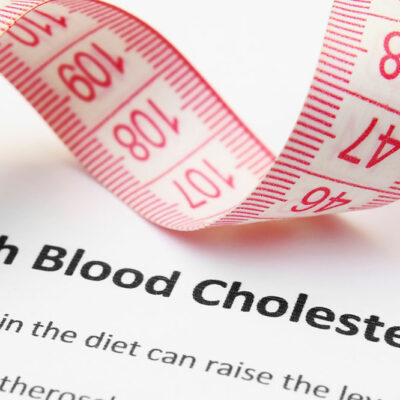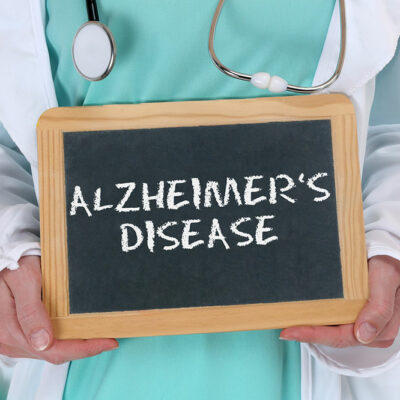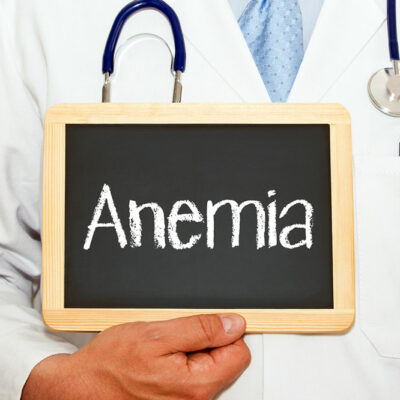
health
Symptoms, causes, and risks of high cholesterol
Cholesterol can be understood as some waxy substance in your blood, which is needed by the body to build its healthy cells. However, when the cholesterol increases to an uncontrolled level, it can put you at risk of heart diseases. Furthermore, as a result of high cholesterol, there can be a fatty deposit in your body’s blood vessels. Because of this, it gets hard for the blood to flow through the arteries. What can high cholesterol lead to and how does it develop? At times, the deposits break down and lead to a clot formation, which can either result in a stroke or a heart attack. Though high cholesterol mainly develops as a result of your unhealthy lifestyle choices, it can be inherited too. However, it is both treatable and preventable. With the inclusion of regular exercises, a nutritious diet, and proper medication, you can reduce cholesterol levels. Symptoms As such, there are no definitive symptoms of high cholesterol. The only real way to diagnose it is via a blood test. Causes Cholesterol is attached to proteins and is transported into the body via the blood. This amalgamation of cholesterol and protein is known as a lipoprotein. Depending upon what the lipoprotein carries, there are two different types of cholesterol.
Read More 









